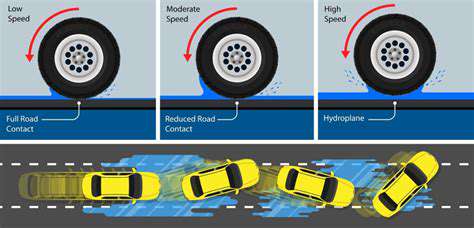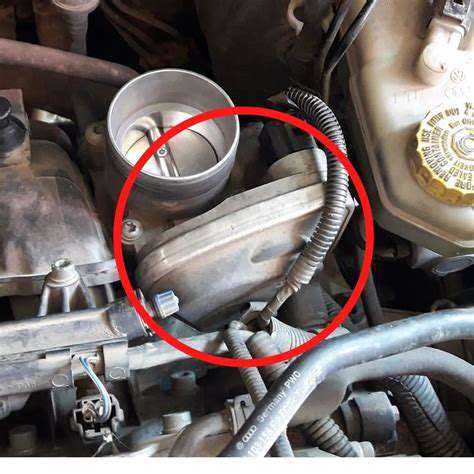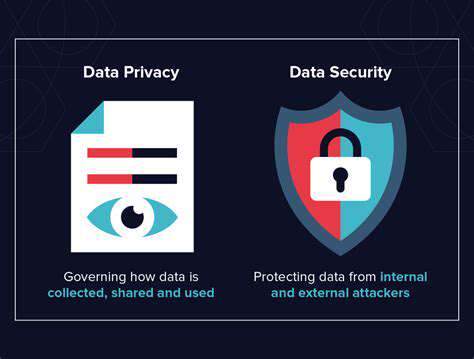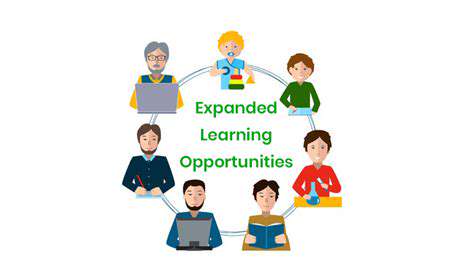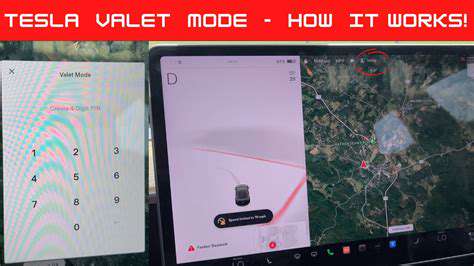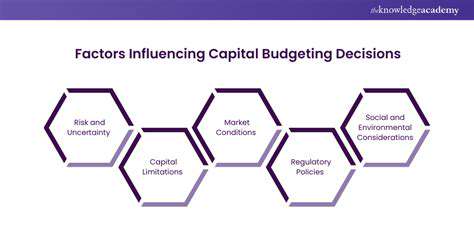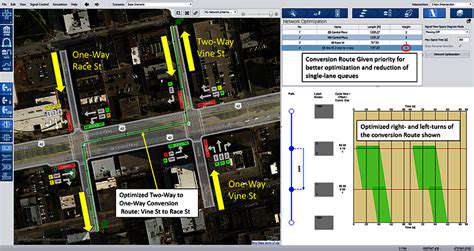
Dynamic Traffic Signal Optimization: A Comprehensive Approach
Modern cities are increasingly turning to dynamic traffic signal optimization as a solution to urban congestion. Unlike rigid, timer-based systems of the past, these adaptive networks respond to live traffic conditions through continuous data analysis. The true power lies in their ability to recalibrate signal timing every few minutes, sometimes seconds, creating fluid intersections that breathe with the city's rhythm.
Where traditional systems relied on outdated traffic studies, modern implementations use machine learning to detect subtle patterns. These systems don't just react - they anticipate. During morning rush hours, they might prioritize commuter routes, then shift focus to commercial districts as delivery traffic peaks. This organic responsiveness cuts through the limitations of fixed-cycle timing that once trapped cities in outdated traffic patterns.
Real-Time Data Integration and Analysis
The transformation begins with an orchestra of sensors - embedded road magnets, overhead cameras, even anonymized smartphone pings. These data streams merge into a living map of urban movement, revealing not just where congestion exists, but where it's forming. Advanced pattern recognition spots the early warning signs: slower speeds on approach lanes, increasing queue lengths, unusual routing patterns.
What sets next-generation systems apart is their predictive muscle. By analyzing thousands of concurrent data points, they can forecast congestion bubbles before they fully form. A system might detect increased stadium-bound traffic 20 minutes before a major event ends, automatically adjusting nearby signals to create outflow corridors. This foresight turns reactive management into proactive flow optimization.
Benefits of Dynamic Signal Optimization
The ripple effects of intelligent signal networks touch every aspect of urban life. Emergency vehicles gain precious minutes as intersections clear ahead of them, while public transit systems achieve impossible schedule reliability through signal prioritization. The environmental impact is equally transformative - fewer idling vehicles mean measurable reductions in both emissions and noise pollution across entire districts.
Local businesses see unexpected benefits too. Consistent traffic flow increases foot traffic, while delivery vehicles complete more trips per shift. The data itself becomes valuable, helping urban planners identify where infrastructure upgrades will have maximum impact. These systems don't just move cars - they reshape how cities function at a fundamental level.
Challenges and Future Directions
The road ahead isn't without obstacles. Integrating legacy systems with cutting-edge technology requires careful phasing. Cybersecurity becomes paramount when traffic controls connect to broader networks. Perhaps most challenging is the human factor - retraining transportation staff to work with AI-assisted systems rather than manual controls.
Next-phase development focuses on vehicle-to-infrastructure communication. Imagine traffic lights that adjust milliseconds before connected cars arrive, or delivery trucks that automatically coordinate with signals along their route. As 5G networks expand, we're approaching an era where traffic signals won't just react to traffic - they'll converse with it.
The Future of Intelligent Transportation Systems: Seamless Integration
Autonomous Vehicles: The Driving Force
Self-driving technology is rewriting transportation's DNA. Beyond removing human error, these intelligent machines communicate constantly - with each other, with infrastructure, and with central traffic management. Their precision driving enables tighter vehicle spacing, effectively expanding road capacity without pouring new concrete. The implications go beyond efficiency; autonomous fleets could reduce urban parking needs by 80%, reclaiming acres of valuable city space.
Yet the transition period presents unique challenges. Mixed traffic environments - where autonomous vehicles share roads with human drivers - require entirely new signaling approaches. Cities must develop fail-safes that maintain safety when communications fail, and establish protocols for extreme weather conditions that confuse vehicle sensors.
Smart Infrastructure: Laying the Foundation
The next generation of roads will be studded with sensors like a nervous system. Temperature monitors will detect black ice before it forms, while microphones will identify accident sounds instantly. Traffic poles will evolve into multi-function hubs, equipped with air quality sensors, emergency alerts, and even pedestrian density monitors. This sensory web will create an environment where the city itself becomes an active participant in traffic management.
Innovative materials will play a crucial role. Self-healing asphalt reduces roadwork disruptions, while glow-in-the-dark lane markings powered by solar absorption increase night visibility. Dynamic road surfaces might even change lane configurations temporarily to accommodate special events or emergencies.
Data-Driven Optimization: Fueling Innovation
The true revolution lies in data synthesis. By combining traffic flow statistics with weather patterns, event schedules, and even social media trends, systems can predict unusual conditions days in advance. Imagine getting a traffic alert before you leave home, not after you're stuck in it. This predictive power extends to infrastructure maintenance - AI can analyze vibration data to schedule bridge repairs before humans notice cracks.
The endgame is personalized mobility. Your commute could automatically adjust based on your calendar, with your car and traffic systems collaborating to ensure timely arrival. Delivery routes will optimize in real-time based on instantaneous demand. Public transit will morph into a dynamic network where bus frequencies and routes adapt to minute-by-minute passenger needs. This isn't just transportation evolution - it's urban metabolism perfected.
